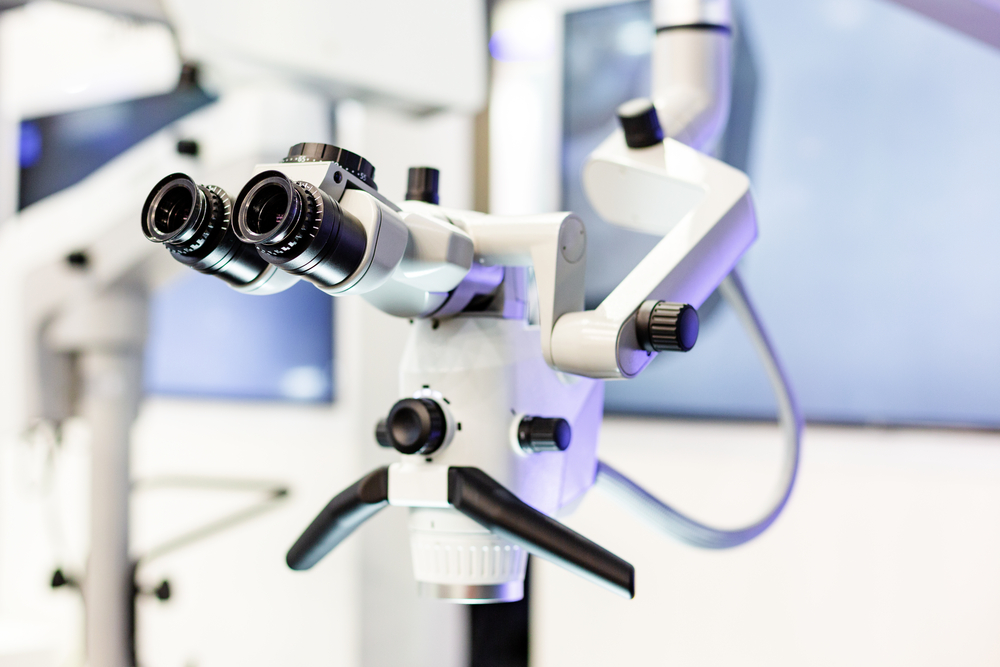Get a Quote
Still Need Help?
Call Us:
916-339-3676
Drop-off Address:
3921 Pell Circle
Sacramento, CA 95838
Get Directions
Eye Care Equipment Recycling: Navigating Delicacy and Complexity in the Industry
To handle a range of eye-related concerns, such as vision correction and detecting ocular diseases, three types of eye care professionals often work together:
— Ophthalmologist
— Optometrist
— Optician
Ophthalmologists are medical doctors who diagnose and treat eye conditions, including performing surgery if needed. Optometrists also assess eyes and screen for diseases but have limited treatment capabilities; they mainly correct refractive errors and prescribe glasses or contact lenses. Opticians ensure glasses fit properly.
Given the distinct roles of these professionals, they use different equipment. Modern Waste Solutions understands the importance of safely disposing of these intricate devices when replacements become necessary.
See the other Industries We Serve.
Recycling Ophthalmologists’ Equipment
Ophthalmologists carefully examine various parts of the eye to detect signs of disease, using different types of equipment for comprehensive evaluation.
Front of the Eye
The anterior segment comprises the cornea, lens, pupil, iris, and sclera. Equipment used for examination includes:
— Slit Lamp: Projects a thin light beam onto the eye for detailed examination with an attached microscope.
— Manual Keratometer: Measures corneal shape to assess steepness or flatness.
— Pachymeter: Measures corneal thickness.
Back of the Eye
The posterior segment includes the retina, where light focuses, and the optic nerve transmitting visual information to the brain. Devices like retinal cameras capture images for examination.
Interior of the Eye
Filled with fluids called humors, the interior can experience pressure changes in conditions like glaucoma. Diagnosis involves a tonometer to measure intraocular pressure.
Essential Tools
An ophthalmoscope is a primary diagnostic tool allowing examination of all eye structures. It comes in two types: a handheld direct ophthalmoscope and a binocular indirect ophthalmoscope worn by the doctor.
Optometrists’ Equipment Recycling Promotes Sustainability in the Eye Care Industry
When recycling optometrists’ equipment, the focus is on tools crucial for prescribing corrective lenses to correct refraction errors:
— Visual Acuity Charts: These aids gauge vision clarity, with digital options becoming popular alongside traditional paper or cardboard charts.
— Autorefractor: This device quickly measures refractive errors, giving an immediate prescription.
— Phoropter: Crucial for comparing different lens strengths to fine-tune a patient’s prescription, assisting in accurate vision correction.
Opticians’ Equipment Recycling Supports Environmentally Friendly Eyewear Practices
Recycling Opticians’ equipment includes tools for fitting glasses to patients’ faces. This can involve manual tools like screwdrivers and pliers, as well as more advanced devices such as:
— Distometer: Measures the vertex distance between the cornea and lenses.
— Lensometer: Measures lens power.
— Polariscope: Assesses internal lens stresses.
— Pupilometer: Measures the distance between pupils.
Opticians’ Equipment Recycling Simplifies Eyewear Sustainability
Streamline your eye care equipment disposal with Modern Waste Solutions. We provide safe, secure, and eco-friendly destruction services for eye care equipment, documents, data, and X-ray films. Our state-wide presence allows us to offer a “one-stop-shop” for managing all your California locations and parts of Nevada. Contact us today to discover how we can help you.

